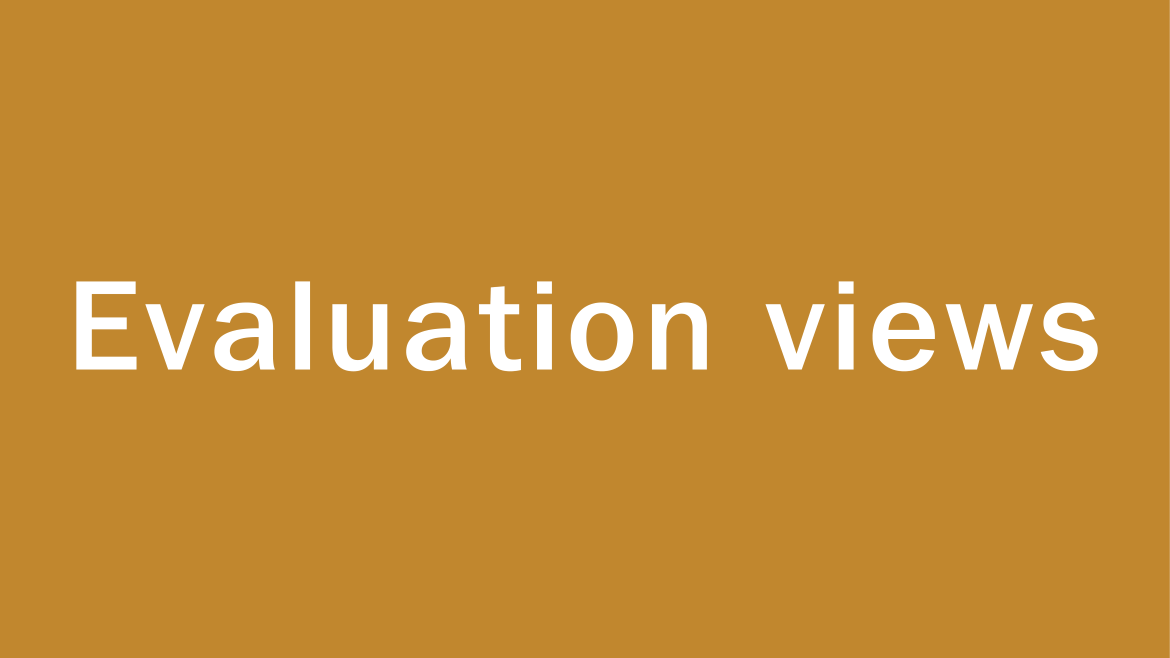
Evaluations for improved aid modalities
Written by Nora Ingdal, Director of the Program Quality and Impact Department in Save the Children Norway.
The Minister for Development has said that he wants to be measured on results and that he wants a closer coherence between policies and evaluations.
From a civil society perspective, we greatly value the technical competency that exist in today’s aid architecture in both Norad and theMinistry of Foreign Affairs. We have rigorous technical discussions on issues like health, education, humanitarian protection, child rights and domestic resource mobilization. We strategize to achieve common goals and visions – and we disagree when necessary. We also enjoy working with the highly competent staff in the Norad Evaluation Department;and we happen to be subjected to external evaluation teams from the Evaluation Department quite often.
This is almost the best part.
Why? First, we are scrutinized by some of the foremost evaluation experts in the world. Second, we get valuable insights and knowledge, for free. Note that for most civil society organizations like ours we can only dream of budgets that would allow us to contract top-level researchers like the independent evaluation unit in Norad.
Recent examples include the Evaluation of Norway’s support to Education in Crisis and Conflict (2017) as well as the ‘Striking the Balance’ Evaluation of the Planning, Organisation and Management of Norwegian Assistance related to the Syria Regional Crisis (2016). Both evaluation reports are very thorough, have sound and solid methodologies; and both point out strengths and gaps in the way Norway handles and manages its aid portfolio: within a geographic area (Syria) and a thematic sector (education in crisis and conflict).
Having followed the discourse and debate around these two studies it has been striking to observe that the civil society eagerness to learn from these evaluations has not always been echoed in the corridors of Ministry of Foreign Affairs. At times, we have seen outright resistance in the system to embrace findings, conclusions and recommendations from globally recognized evaluators.
This might be coincidental and linked to these two evaluations, but there are also indications that this has happened to other studies from the Evaluation Department of key investment areas for the Norwegian government within climate, health and human rights.
This begs a few questions: how can decision-makers really learn and enact change based on evaluations? What enabling factors and incentives need to be in place for such processes to take place? What accountabilities should be baked into the system for this to happen?
Given the Minister of Development’s focus on results and wanting to link policies closer to the areas we have to assume there is an appetite for changing the system.
Recognizing that it is a complex issue, I would still say it is quite simple. It has to start with the top leadership adapting a l e a d e r s h i p f o r l e a r n i ng approach.
A visionary leadership for learning strives and hungers for knowledge and evidence of what works in aid.
By using key opportunities to talk about learning from mistakes, such a leadership will offer incentives for staff that strives towards recognizing mistakes, instead of hiding the mistakes.
Incentives for staff that engage in research and evidence and present these, instead of staff that come up with quick-fix solutions not founded in evidence.
The fact that in the current system there is little or no incentive structure for learning, achieving and documenting results has led staff to not focus on this.
Creating a culture for learning and valuing technical expertise is the first step.
Supporting these with organizational changes and systems is the second.
Including incentives in the systems to encourage the change you want to see and develop feedback loop to monitor it the third.
Changing culture to recognize and valuing technical expertise and knowledge takes time, but now is the exactly right moment to start the process.
It is less than 12 years to the SDGs are up in 2030.
Norway’s aid budget of 34 billion NOK needs to be spent wisely on what works and by aid modalities that have been tested to make sure it drives this country’s contribution to the SDG.
